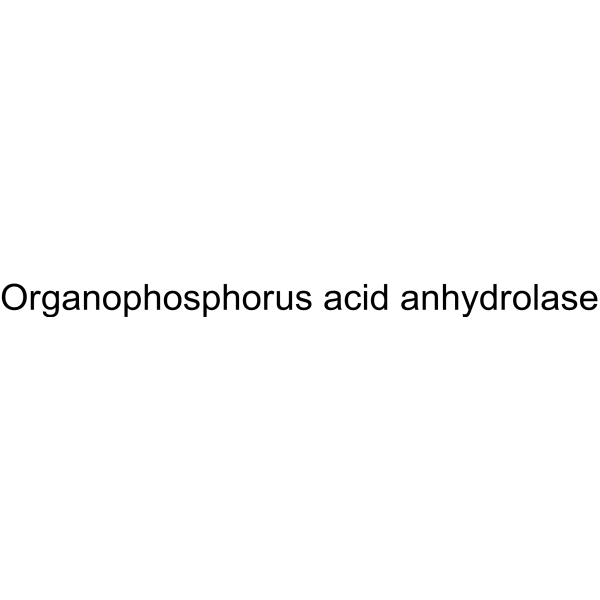Hydrolase stabilization via entanglement in poly(propylene sulfide) nanoparticles: stability towards reactive oxygen species.
Brett L Allen, Jermaine D Johnson, Jeremy P Walker
文献索引:Nanotechnology 23(29) , 294009, (2012)
全文:HTML全文
摘要
In the advancement of green syntheses and sustainable reactions, enzymatic biocatalysis offers extremely high reaction rates and selectivity that goes far beyond the reach of chemical catalysts; however, these enzymes suffer from typical environmental constraints, e.g. operational temperature, pH and tolerance to oxidative environments. A common hydrolase enzyme, diisopropylfluorophosphatase (DFPase, EC 3.1.8.2), has demonstrated a pronounced efficacy for the hydrolysis of a variety of substrates for potential toxin remediation, but suffers from the aforementioned limitations. As a means to enhance DFPase's stability in oxidative environments, enzymatic covalent immobilization within the polymeric matrix of poly(propylene sulfide) (PPS) nanoparticles was performed. By modifying the enzyme's exposed lysine residues via thiolation, DFPase is utilized as a comonomer/crosslinker in a mild emulsion polymerization. The resultant polymeric polysulfide shell acts as a 'sacrificial barrier' by first oxidizing to polysulfoxides and polysulfones, rendering DFPase in an active state. DFPase-PPS nanoparticles thus retain activity upon exposure to as high as 50 parts per million (ppm) of hypochlorous acid (HOCl), while native DFPase is observed as inactive at 500 parts per billion (ppb). This trend is also confirmed by enzyme-generated (chloroperoxidase (CPO), EC 1.11.1.10) reactive oxygen species (ROS) including both HOCl (3 ppm) and ClO(2) (100 ppm).
相关化合物
| 结构式 | 名称/CAS号 | 分子式 | 全部文献 |
|---|---|---|---|
 |
二异丙基氟磷酸酶
CAS:9032-18-2 |
|
Tyrosine-Specific Chemical Modification with in Situ Hemin-A...
2015-11-20 [ACS Chem. Biol. 10 , 2633-40, (2015)] |
|
Development of a high-throughput screening for nerve agent d...
2010-04-01 [Toxicol. In Vitro 24(3) , 1026-31, (2010)] |
|
Inhibitory potency against human acetylcholinesterase and en...
2008-05-06 [Biochemistry 47(18) , 5216-24, (2008)] |
|
In vitro toxicokinetic studies of cyclosarin: molecular mech...
2014-05-16 [Toxicol. Lett. 227(1) , 1-11, (2014)] |
|
Quantification of hydrolysis of toxic organophosphates and o...
2009-02-15 [Anal. Biochem. 385(2) , 187-93, (2009)] |